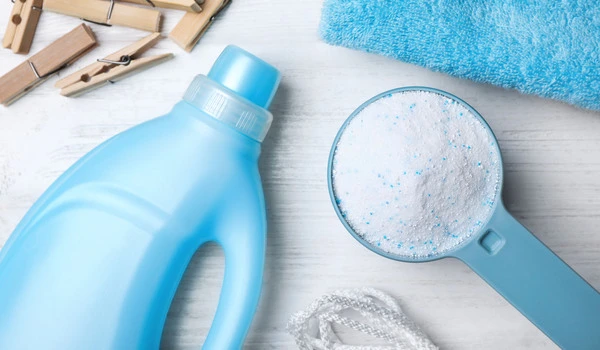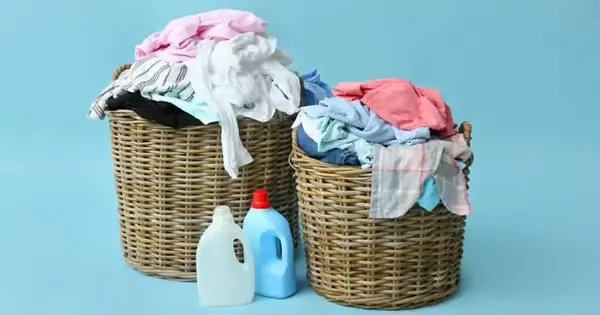A new study conducted by researchers at the Center for Injury Research and Policy of the Abigail Wexner Research Institute at Nationwide Children’s Hospital and the Central Ohio Poison Center looked at trends in calls to poison control centers across the country for exposures to liquid laundry detergent packets. The study’s investigators discovered a decrease in the number, frequency, and severity of liquid laundry detergent packet exposures among children under the age of six. However, the exposure burden remains substantial. Furthermore, exposure has grown among older children, teenagers, and adults.
The study, published in Clinical Toxicology, discovered that in the most recent three years of the study, U.S. poison control centers received 36,279 calls relating to liquid laundry detergent package exposures — an average of one call every 44 minutes. The majority of exposures included children under the age of six (87%), a single chemical (97%), or occurred at home (99%). Approximately 6% of single-substance exposures led to significant medical consequences. During the study period, nine deaths were linked to the consumption of laundry detergent packages. All nine fatalities involved adults, seven of whom were above the age of 70.
The voluntary standard, public awareness campaigns, and product and packaging changes to-date have improved the safety of these products, but a high number of children are still exposed each year.
Christopher Gaw
According to earlier research, in an effort to prevent unintended exposures to the contents of liquid laundry detergent packets, ASTM developed a voluntary Standard Safety Specification for Liquid Laundry Packets in 2015, however, some experts believe it fell short. The standard’s scope remained unchanged following recent changes in March 2022. There are numerous options to strengthen the ASTM standard, including requiring Poison Prevention Packaging Act-compliant packaging or implementing additional “layers of protection,” such as distinct packaging for each laundry packet.
“The voluntary standard, public awareness campaigns, and product and packaging changes to-date have improved the safety of these products, but a high number of children are still exposed each year,” said Christopher Gaw, MD, senior author of the study, emergency medicine physician and faculty of the Center for Injury Research and Policy at Nationwide Children’s. “There is still room for improvement.”

One reason for the slower-than-expected decrease in exposures among young children is that the voluntary safety standard allows manufacturers to meet the requirement for child-resistant containers in six different ways rather than requiring them to comply with the Poison Prevention Packaging Act (PPPA) of 1970, which has been shown to be highly effective in preventing child access to poisons.
“Requiring that all liquid laundry detergent packet packaging be PPPA-compliant would be an important next step in reducing child access to these products,” said Gary Smith, MD, DrPH, co-author of the study and director of the Center for Injury Research and Policy at Nationwide Children’s. “In addition, each laundry packet should be individually wrapped with child-resistant packaging, which would provide important layers of protection for this highly toxic product.”
Liquid laundry detergent packets are more toxic than traditional liquid and powder laundry detergents. The reasons for this increased toxicity are not completely understood, and further research is needed to determine how to make packet contents less toxic. Such reformulation would reduce the severity of exposures to liquid laundry detergent packets.
Pediatricians and other healthcare practitioners should continue to educate patients and families about the dangers of laundry detergent package exposure and the significance of proper storage. Experts recommend that caregivers for children under the age of six and adults with a history of dementia, Alzheimer’s disease, or developmental disability use standard laundry detergents rather than packets.
“Many families don’t realize how toxic these highly concentrated laundry detergent packets can be,” Dr. Gaw told me. “If you have young children or vulnerable adults in your home, using traditional laundry detergents is a safer alternative.”
















